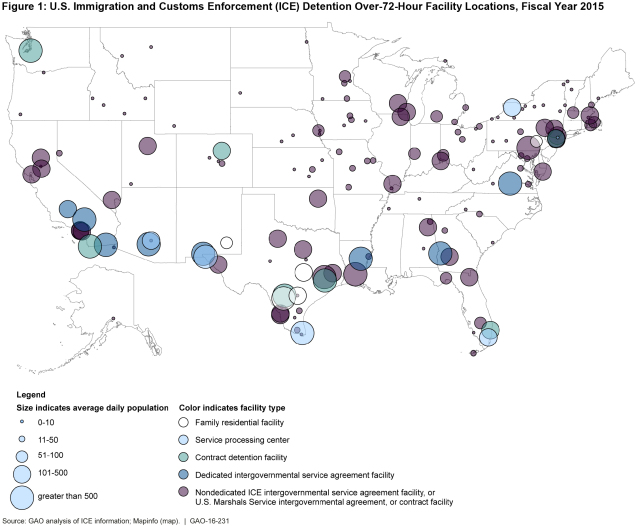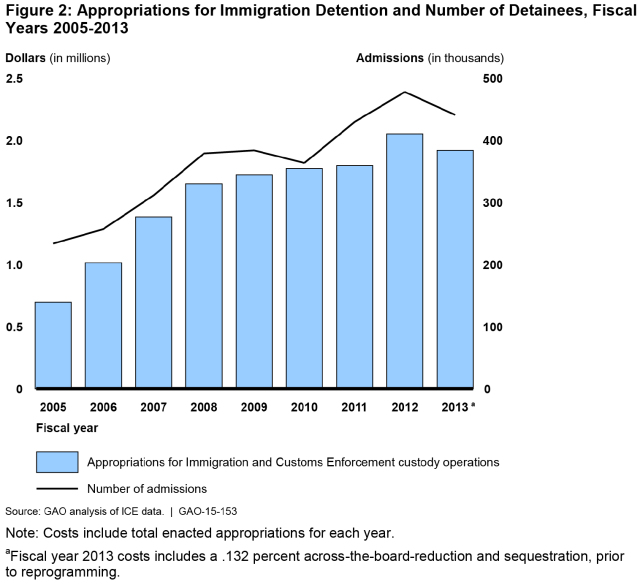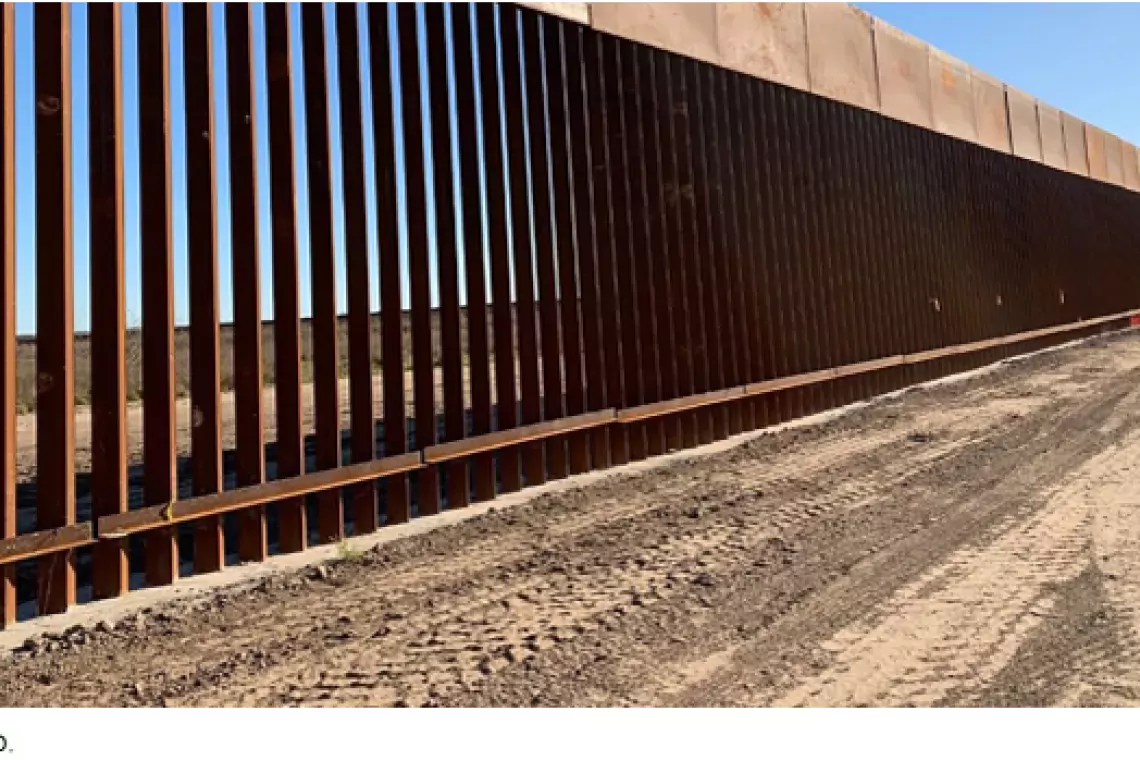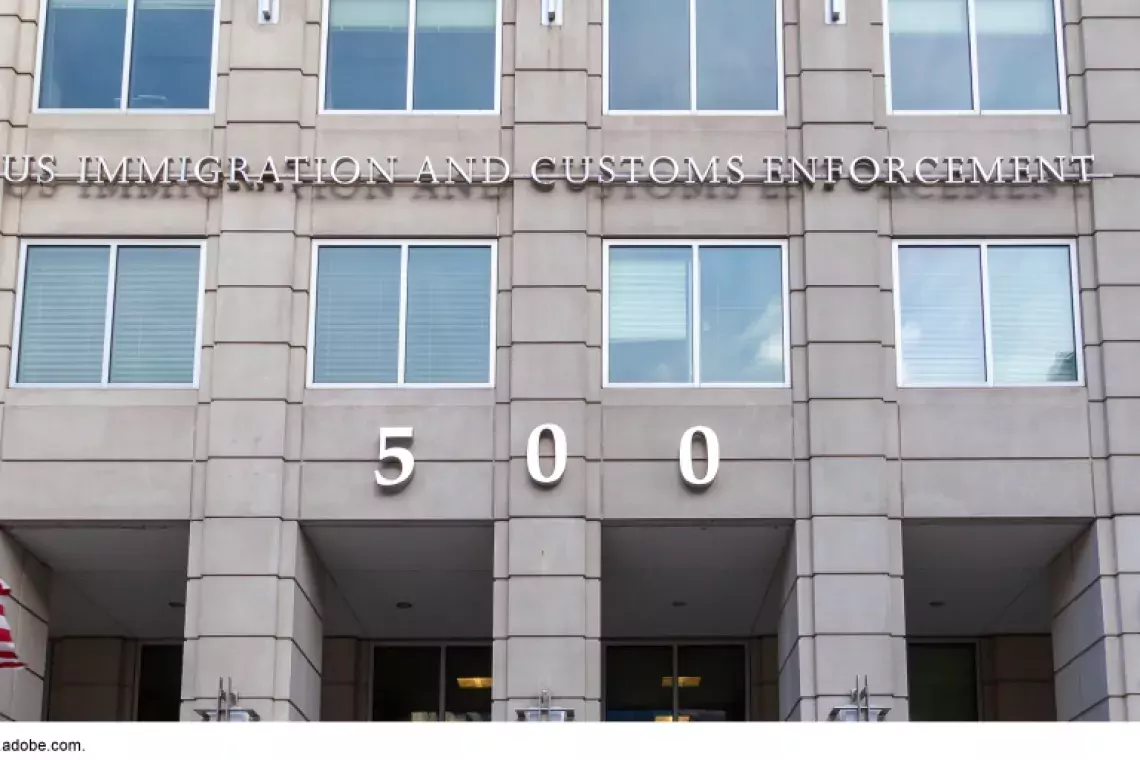Immigration Detention Facilities
Immigration detention facilities are now the nation’s largest civil detention system. While people are held in these facilities, U.S. Immigration and Customs Enforcement is responsible for ensuring their safe, secure, and humane confinement. Today’s WatchBlog looks at the costs of immigration detention facilities.
Growing numbers—and costs
ICE uses about 250 immigration detention facilities across the United States. About 165 of these facilities are for people being held for more than 3 days, waiting either for their immigration cases to be resolved or to be removed from the United States.
 (Excerpted from GAO-16-231)
(Excerpted from GAO-16-231)
Since 2005, both the number of ICE detainees and government funding for detention and removal have more than doubled. Overall, funding reached nearly $2 billion, including custody costs, in fiscal year 2014.
 (Excerpted from GAO-15-153)
(Excerpted from GAO-15-153)
Accounting for costs
We’ve found that ICE inspects detention facilities to help ensure that the facilities are generally safe, secure, and humane. However, the agency could make changes to potentially save money and improve how it manages medical care.
For example, ICE can’t easily track how much it spends to detain people at different facilities or estimate daily detention costs. While the agency developed a work-around for some of this information, it missed some costs, such as for transportation. It’s hard to manage your spending when you don’t know what all of it is.
We found similar issues when we examined the medical care detainees receive. For example the system for reviewing and approving requests for detainees’ off-site medical care isn’t linked to the system that tracks the payments for that care. So, it shouldn’t be a surprise that the number of payments for off-site care didn’t match the number of authorizations for that care.
These are just a couple of the problems we identified. Listen to Rebecca Gambler, a director in our Homeland Security & Justice team, explain some of the other issues her team recently uncovered with how ICE manages medical care at detention facilities:
For more on information on the reasons people are detained by ICE, how it oversees this population, and our recommendations for how the law enforcement agency could manage its costs better and make better decisions, check out our work on immigration detention.
- Questions on the content of this post? Contact Rebecca Gambler at gamblerr@gao.gov.
- Comments on GAO’s WatchBlog? Contact blog@gao.gov.
GAO Contacts
Related Products

GAO's mission is to provide Congress with fact-based, nonpartisan information that can help improve federal government performance and ensure accountability for the benefit of the American people. GAO launched its WatchBlog in January, 2014, as part of its continuing effort to reach its audiences—Congress and the American people—where they are currently looking for information.
The blog format allows GAO to provide a little more context about its work than it can offer on its other social media platforms. Posts will tie GAO work to current events and the news; show how GAO’s work is affecting agencies or legislation; highlight reports, testimonies, and issue areas where GAO does work; and provide information about GAO itself, among other things.
Please send any feedback on GAO's WatchBlog to blog@gao.gov.




